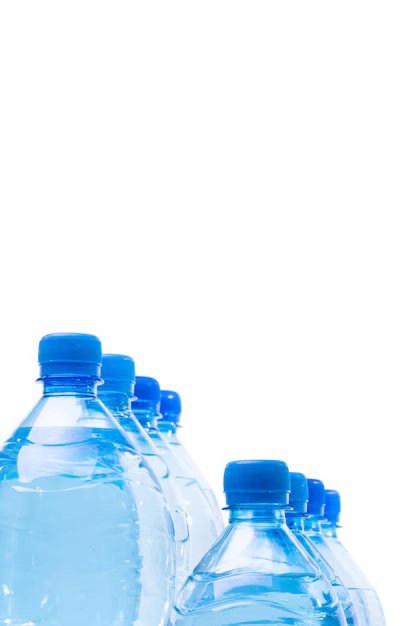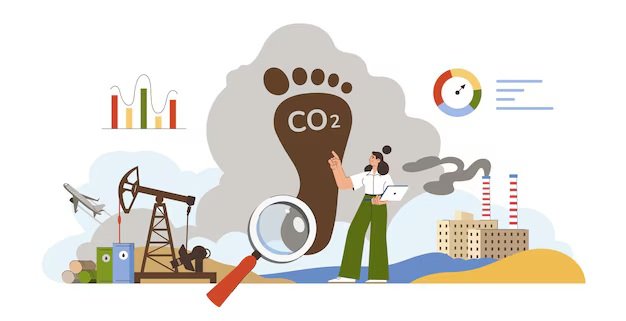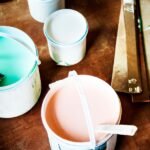Hot potting in Yellowstone: A Dangerous Trend with Real Costs
Hot potting — the practice of slipping into Yellowstone’s hot springs or other thermal pools to soak or film a viral clip — sounds like a natural, old-timey thing to do. In reality, it is both illegal and often deadly. Yellowstone sits above one of the world’s most active volcanic systems; the park protects more than 10,000 hydrothermal features, from steaming geysers to acidic springs. Many of those pools look calm on the surface but hide water that is either near-boiling, highly acidic, or both. Boardwalks, fences and warning signs are there because the crust around these pools is often only a few inches thick, and the water underneath will burn or dissolve flesh and clothing. According to the National Park Service, these hazards are a leading cause of severe injury and death in the park.
Some visitors are drawn by the idea of a natural hot tub, others by social-media thrills. But the geology makes “soaking” dangerous: water that bubbles up from deep underground arrives charged with volcanic gases and dissolved minerals. That chemistry — and temperatures that can exceed the human threshold for survival — means a misstep can quickly become catastrophic.

Incidents and the Legal Consequences
There are real, recent examples that show how fast fun becomes tragedy. According to The Guardian, in June 2016, 23-year-old Colin Scott and his sister left a boardwalk to look for a place to “hot pot.” Scott slipped into a scorching, acidic pool in the Norris Geyser Basin and later died; rescuers reported that hot, corrosive water made recovery extremely difficult. Deputy Chief Ranger Lorant Veress told investigators the pair had been “specifically moving in that area for a place that they could potentially get into and soak.” This was not an accident caused by ignorance at the boardwalk edge — it was an intentional search for a place to enter a thermal pool.
Not every case ends that way, but the injuries can still be severe. In July 2025, a 17-year-old hiker broke through the thin crust near Lone Star Geyser and suffered serious burns when he fell into scalding water; park officials said the incident happened after the hiker left the trail. Live Science reported that about 20 people have died in Yellowstone after entering or falling into thermal pools since the late 1800s, underscoring how persistent the risk is.
There are legal consequences, too. Park rules make it illegal to enter water that is “entirely of thermal origin,” and federal regulations and fines are used to enforce closures and protect both people and fragile resources. According to Business Insider, in late 2023–2024, actor Pierce Brosnan pleaded guilty and was fined after stepping off a trail into a restricted thermal area; the case was widely reported and shows that even high-profile visitors face penalties when they ignore closures.
The Ecological Cost: Why a Quick Dip Can Permanently Change Yellowstone
Yellowstone’s thermal pools are not empty bowls of water — they are living ecosystems. The brilliant rings of orange, green and brown around pools like Grand Prismatic come from thermophilic microbes: trillions of microscopic organisms that live only in those precise temperature and chemical conditions. Those microbes — and the microhabitats they build — are fragile and slow to recover. Scientists now use Yellowstone hot springs to study extremophiles, evolutionary biology and even analogues for life on other planets; those same microbes are harmed when people touch, smear, or throw things into pools. Research published in recent years shows that microbial mats are structured communities whose chemistry and species balance shift when the physical or chemical environment changes.
The park has a long record of human impacts. The Morning Glory Pool — once a vivid, deep blue — changed colour over decades because visitors tossed coins, rocks and trash into it; objects can block vents or change flow paths, cooling the centre and allowing different microbes to colonise. Park researchers and managers point to these vandalism episodes as clear examples of long-term ecological harm caused by apparently small actions. A National Park Service report that documents human impacts on geyser basins explains how debris, vandalism and off-trail walking alter hydrothermal circulation and destroy microbial mats.
Beyond visible damage, research shows trace metals and altered chemistry introduced by foreign objects and human waste can move through the geothermal food web, changing the availability of nutrients and the composition of microbial communities in ways that cascade to insects and other small consumers. A 2024 review of hydrothermal microbial ecology summarised how physicochemical shifts (temperature, pH, dissolved compounds) select for very narrow sets of organisms — so even small changes can open the door to invasive microbes or chemical regimes that permanently alter a pool.

What Park Managers and Scientists Say — and What You Can Do
Park officials are blunt: boardwalks and trail closures exist both to keep visitors alive and to protect features that took thousands of years to form. “They were specifically moving in that area for a place that they could potentially get into and soak,” Deputy Chief Ranger Lorant Veress said about the 2016 incident. That quote — reported by The Guardian in 2016 — captures the uncomfortable truth: many incidents are the result of deliberate choices to ignore rules, not accidents.
Scientists who study Yellowstone’s microbes emphasise that contact or contamination is not merely aesthetic. Devaki Bhaya, a molecular ecologist who has worked on Yellowstone microbial communities, notes that those organisms form complex, cooperative communities whose functions depend on tight chemical balances. “When they work together, they make much more complex patterns… emergent behaviours,” Bhaya told reporters in 2025, explaining that human disturbance can break those relationships and change what the microbial “village” can do.
A Short, Practical Checklist for Visitors — Based on NPS Rules and Scientists’ Guidance
Stay on boardwalks and marked trails; never touch thermal water or mats; supervise children closely; don’t throw anything into pools; respect closures and ranger instructions. The National Park Service reminds visitors that “water in hot springs can cause severe or fatal burns,” and that the tiny life forms around the edge of pools can be destroyed by human contact.
Below is a compact table (case-study style) summarising key facts and incidents referenced above:
| Fact / Case | Statistic or Description |
|---|---|
| Number of hydrothermal features in Yellowstone | >10,000 features (including >500 geysers) |
| Recorded fatalities from thermal pools | ~20 deaths since the late 1800s |
| High-profile trespass / fine | Pierce Brosnan fined after entering restricted thermal area |
| Notable fatality tied to hot potting | Colin Scott fell into a hot spring while seeking a soak; died |
| Documented ecological damage example | High-profile trespass/fine |
Actionable Advice (What to Do if you Visit Yellowstone)
Plan your visit around safety: read the NPS safety pages before you arrive, follow posted signs, and assume any crusted surface could be thin. Keep cameras and children under close control on boardwalks — many incidents begin as a “quick photo” off the trail. If you see someone off a trail or interacting with a thermal feature, report it to a ranger; enforcement and education together reduce harm. If you are tempted to “hot pot” because you’ve seen clips online, remember that social-media fame is not worth an injury, a fine, or changing a geological feature forever.
Learn More: Where are Yellowstone Bison Most at Risk from Vehicles?
Why this Matters Beyond Yellowstone
Yellowstone is a flagship example, but the problem scales: many geothermal and fragile natural systems worldwide are degraded by short-term tourist choices. Protecting such places is not just about rules — it’s about preserving unique ecosystems for science and future visitors. Scientists keep returning to Yellowstone because its thermophiles teach us about the limits of life and the planet’s history; losing those communities would be an irreplaceable loss to science and to everyone who comes to see the park’s colours and steam.







